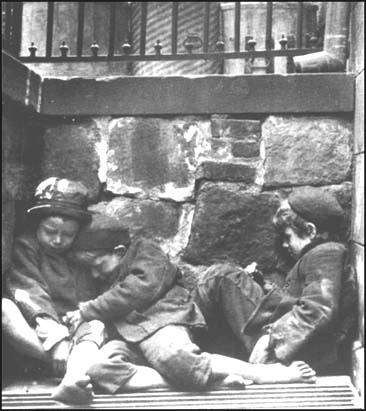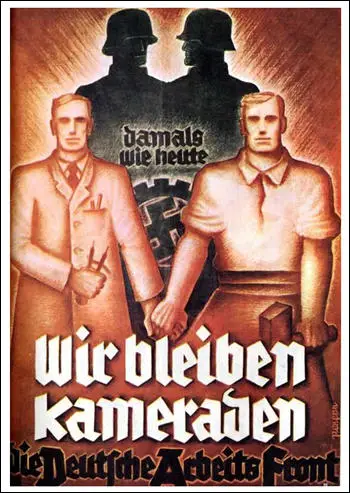June's Written Primary Sources for the History Classroom
Activities for the History Classroom

(1) Jacob Riis, How the Other Half Lives (1890)
On either side of the narrow entrance to Bandits' Roost is "the Bend". Abuse is the normal condition of "the Bend," murder is everyday crop, with the tenants not always the criminals. In this block between Bayard, Park, Mulberry, and Baxter Streets, "the Bend" proper, the late Tenement House Commission counted 155 deaths of children in a specimen year (1882). Their percentage of the total mortality in the block was 68.28, while for the whole city the proportion was only 46.20. In No. 59 next to Bandits' Roost, fourteen persons died that year, and eleven of them were children; in No. 61 eleven, and eight of them not yet five years old.
Question: Jacob Riis book How the Other Half Lives (1890) included both photographs and text. His critics have complained that the book is an example of political propaganda. Do you agree?

(2) William Shirer, was an American journalist working in Nazi Germany during the 1930s.
Despite his harassed life, the businessman made good profits. The businessman was also cheered by the way the workers had been put in their place under Hitler. There were no more unreasonable wage demands. Actually, wages were reduced a little despite a 25 per cent rise in the cost of living. And above all, there were no costly strikes. In fact, there were no strikes at all. The Law Regulating National Labour of January 20, 1934, known as the Charter of Labour, had put the worker in his place and raised the employer to his old position of absolute master - subject, of course, to interference by the all-powerful State.
Question: Read the page on German Labour Front and explain why there were no strikes in Nazi Germany.

